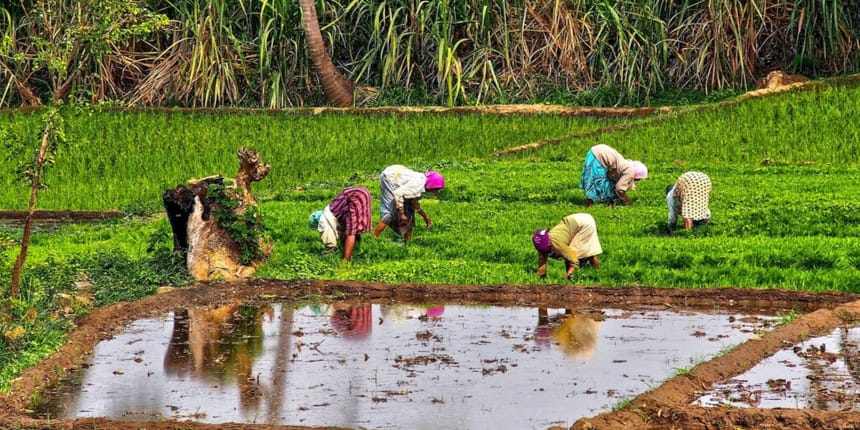Top research institutes, DU crack rice genome to improve productivity
Team Careers360 | May 27, 2020 | 05:41 PM IST | 2 mins read

NEW DELHI: Indian researchers have identified a rice genome trait which has the potential to help in developing rice varieties with better yield and nutrition.
Traits like the weight and number of grains per plant determine rice productivity. The new study identified a region in the rice genome, which can improve productivity.
Researchers from the Department of Biotechnology’s National Institute of Plant Genome Research (DBT-NIPGR), ICAR-Indian Agricultural Research Institute (ICAR-IARI), ICAR-National Rice Research Institute (ICAR-NRRI), Cuttack and University of Delhi South Campus (UDSC) conducted their study by sequencing the genomes of four Indian rice varieties, an official statement from ministry of Science and Technology said today.
Jitendra Kumar Thakur from DBT-NIPGR led the team which also included Swarup K. Parida, Angad Kumar, Anurag Daware, Arvind Kumar, Vinay Kumar and Subhasish Mondal from the same institute.
Akhilesh K. Tyagi from University of Delhi South Campus, Gopala Krishnan S and Ashok. K. Singh of ICAR-IARI, and Bhaskar Chandra Patra of ICAR-NRRI were the other members of the research team.
The process
The team studied the DNA from 3,000 rice types from across the world along with that from the four Indian genotypes, LGR, PB 1121, Sonasal and Bindli that show contrasting seed size and weight.
They identified one long genomic region, which has been named `low diversity region’ or LDR.
After analysing their genomic variations, the researchers found that the Indian rice germplasms had much more genomic diversity than what has been estimated so far.
“We believe that in future efforts, this LDR region could be utilized for improving rice production by targeting various traits including the seed size,” said Thakur, the team lead.
At current levels, rice productivity needs to increase by about 50 percent to meet its growing demand.
Multidimensional analysis of the region in the genome revealed that it played an important role in the domestication of rice varieties. The particular region in the genome was present in most of the cultivated rice genotypes but was absent in the wild varieties.
The team has submitted a report to The Plant Journal, and it has been accepted for publication.
Also Read:
One-year foreign masters’ degree set to be recognised in India
Indian scientists identify family tree of tigers from shed hair
Write to us at news@careers360.com.
Follow us for the latest education news on colleges and universities, admission, courses, exams, research, education policies, study abroad and more..
To get in touch, write to us at news@careers360.com.